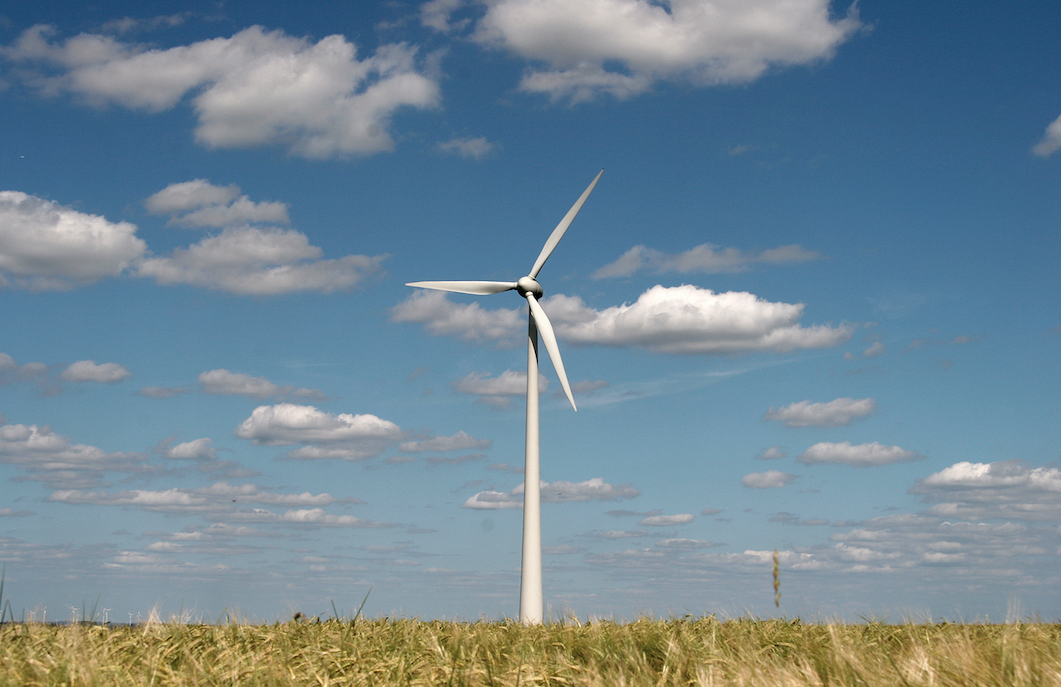Code Green Solutions


An increasing number of corporations, financial institutions, and foundations are making headlines with bold initiatives focused on mitigating climate change via real estate and infrastructure investments. Is this just about doing the right thing? We at g-bit (green business informatics tool) would argue that it is about much more than that.
What for-profit companies are leading the way?
Wells Fargo has committed $30 billion to environmental investments by 2020 and Citigroup is targeting $100 billion to invest over the next 10 years to “lend, invest, and facilitate finance activities that reduce the impacts of climate change and create environmental solutions that benefit people and communities.”
These two financial leaders are not alone. The Investor Network on Climate Risk, organized by Ceres, is a “network of 100 institutional investors representing more than $13 trillion in assets committed to addressing the risks and seizing the opportunities resulting from climate change and other sustainability challenges.” In a related effort, the U.S. Department of Energy has created the Solar Access to Public Capital working group, which includes 300 prominent finance and business organizations collaborating to increase public capital markets’ financing of solar energy projects. In addition, over 1,300 investors and financial sector companies have signed the United Nations Principles for Responsible Investing. While the focus of these principles is not proactive environmental investments, they represent a growing awareness in the financial world of its impact on and opportunities in projects with environmental benefits.
What are we seeing at g-bit.com?
Private equity real estate firms are asking us to help them understand where and how renewable energy installations can add real value to their large real estate properties. Players in the green bond market have engaged us to help them with the business case and underwriting standards. These efforts increase their confidence so they can move forward with issuing or investing in green bonds. This market has seen dramatic growth, from $3 billion in green bonds issued in 2012 to a projected $100 billion this year. Investors are hungry to invest in low-carbon solutions for both financial and public relations reasons. With this in mind, we are currently building one of the largest databases of energy investors in the United States in order to help entrepreneurs and developers more easily finance their low carbon assets.
So what?
As entrepreneurs and executives are sometimes taught via improve classes, one way to success is to think in terms of “yes, and” instead of “no, but.” In this case, those who doubt the social imperative or business logic of low-carbon investments in real estate and infrastructure will become the minority. Further, it is not necessary to choose just one driver for these investments. Instead, the answer is “yes, and.”